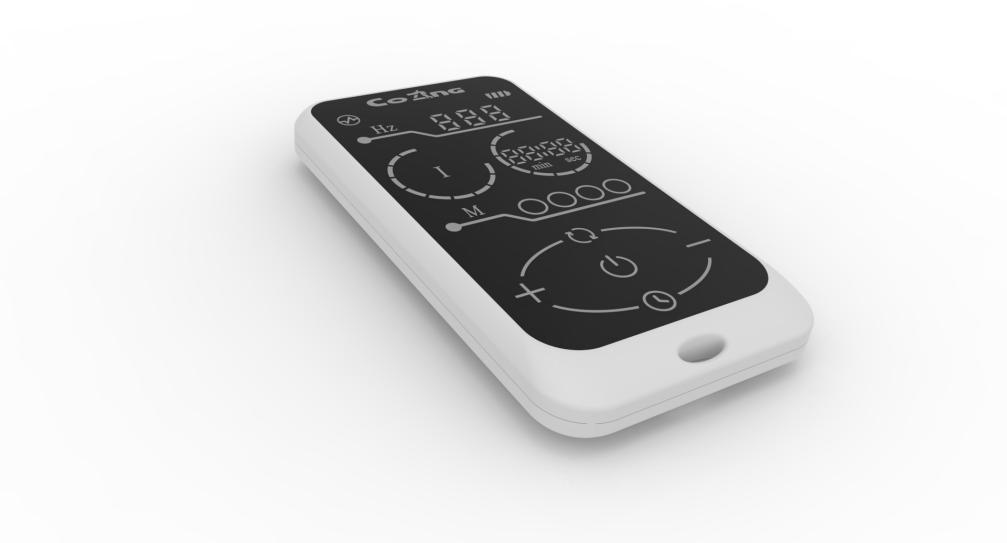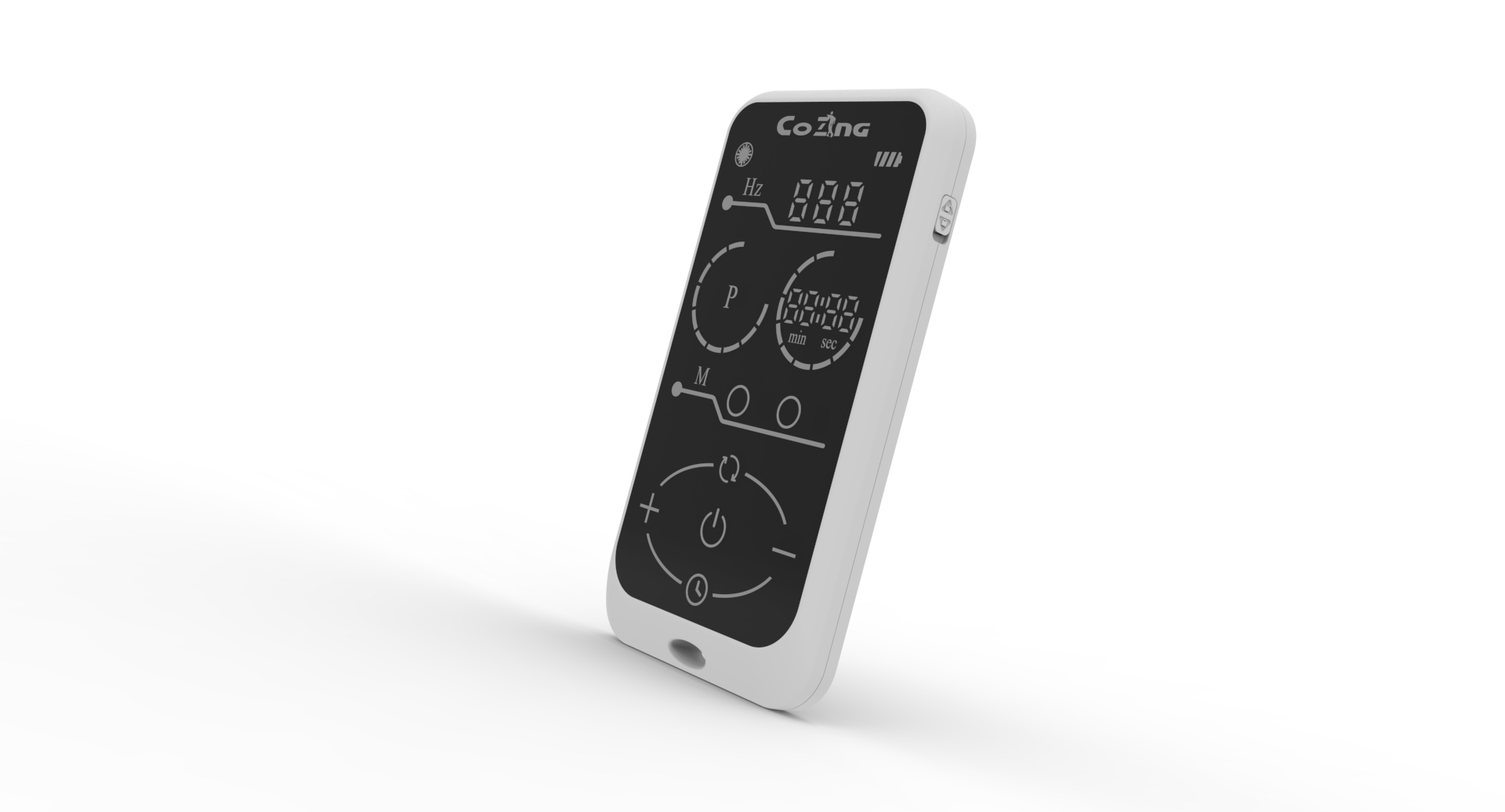How does laser treat rhinitis? (Nasal Applicator)
1. The Rhinitis Therapeutic Instrument mainly adopts the special soft laser light (650nm) which can get through the nasal mucosa of the human body.
2. The soft laser light is featured mild working rate and could be fully and safety absorbed by the nasal tissue ofthe human body.
3. This kind of laser light has a special repair function to the nasal mucosa of the rhinitis patients.
4. The repaired nasal mucosa could secrete antibacterial material including lysozyme as normal mucosa and restart the normal cleaning function of the swinging cilia on the nasal mucosa.
5. The treatment method of Rhinitis Therapeutic Instrument is based on the fundamental principle of repairing and improving the body's natural immune system.
6. Quickly remediate the wounded surface through irradiating the surface of the damaged mucous membrane; improve the partial blood circulation around the nasal cavities and the immunological competence of the nasal mucosa membranes through irradiating the the nasal mucosa, thereby playing a good role in treating allergic rhinitis, chronic rhinitis, nasal sinusitus and the like.
How does the laser treatment tinnitus? (Ear Applicator)
1. The prevailing view is that the respiratory chain plays a central role in the effects of laser treatment. Laser energy in red and near-infrared spectra ability to penetrate tissue. It stimulates mitochondria in cells to produce energy by producing adenosine triphosphate (ATP).
2. Mitochondria,It is the power source for all batteries, they metabolize fuel and generate energy for cells in the form of ATP.
3. According to reports, LLLT exposure increased the production of ATP. Increased ATP production may lead to increased cellular metabolism, promote damage recovery, and restore cells to health, State and reverse many degradation conditions.
4. For ear diseases, low-intensity lasers have been reported to alter collagen tissue in the cochlea. Especially in the basement membrane. Besides, LLLT has a beneficial effect on the recovery of cochlear hair cells after acute hair loss, which can increase cells.
5. Proliferation, synthesis of ATP and collagen, the release of growth factors, promotion of local blood flow in the inner ear and activation of repair mechanisms the inner ear is stimulated by photochemical and photophysical stimulation of hair cell mitochon.


